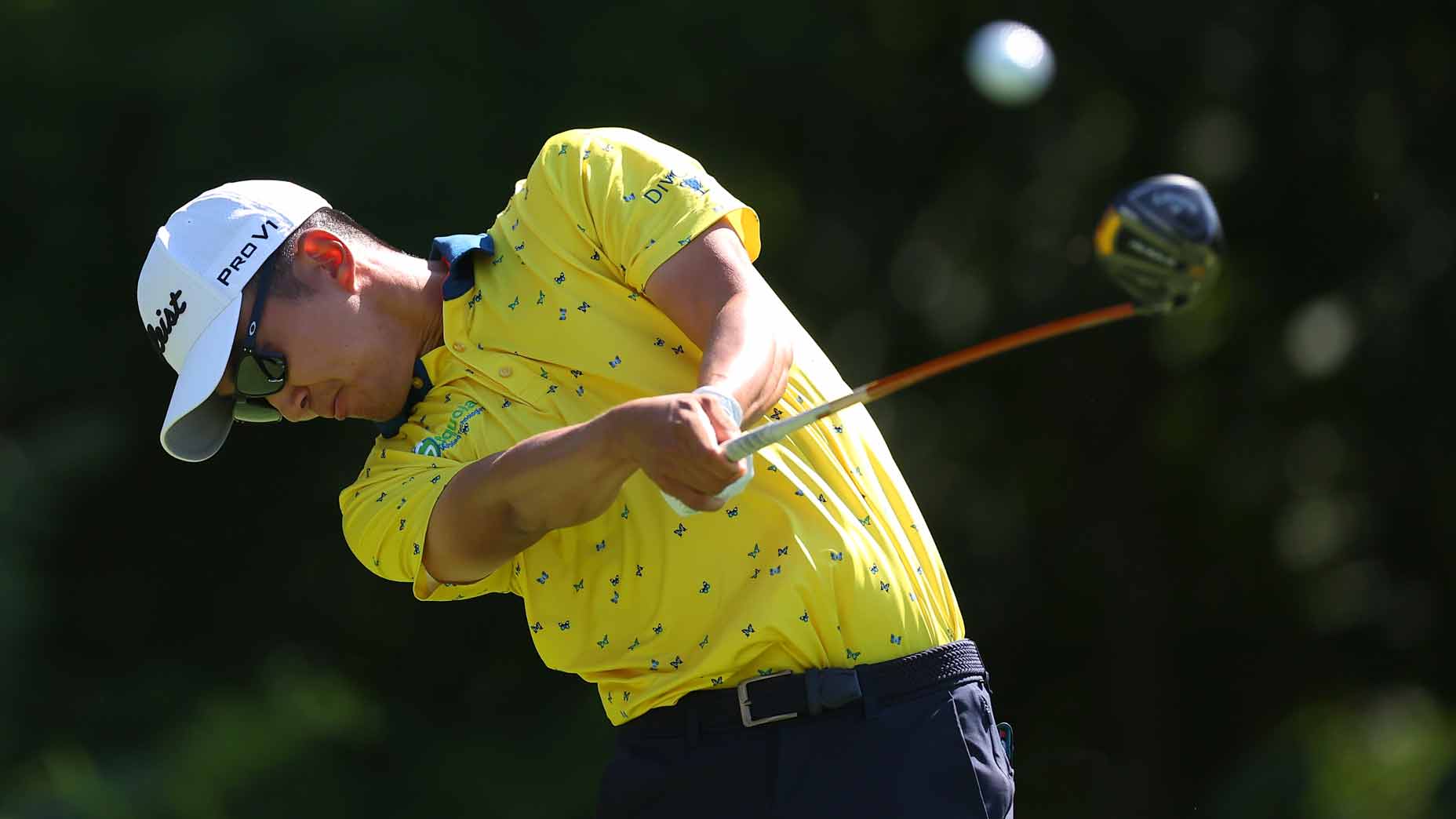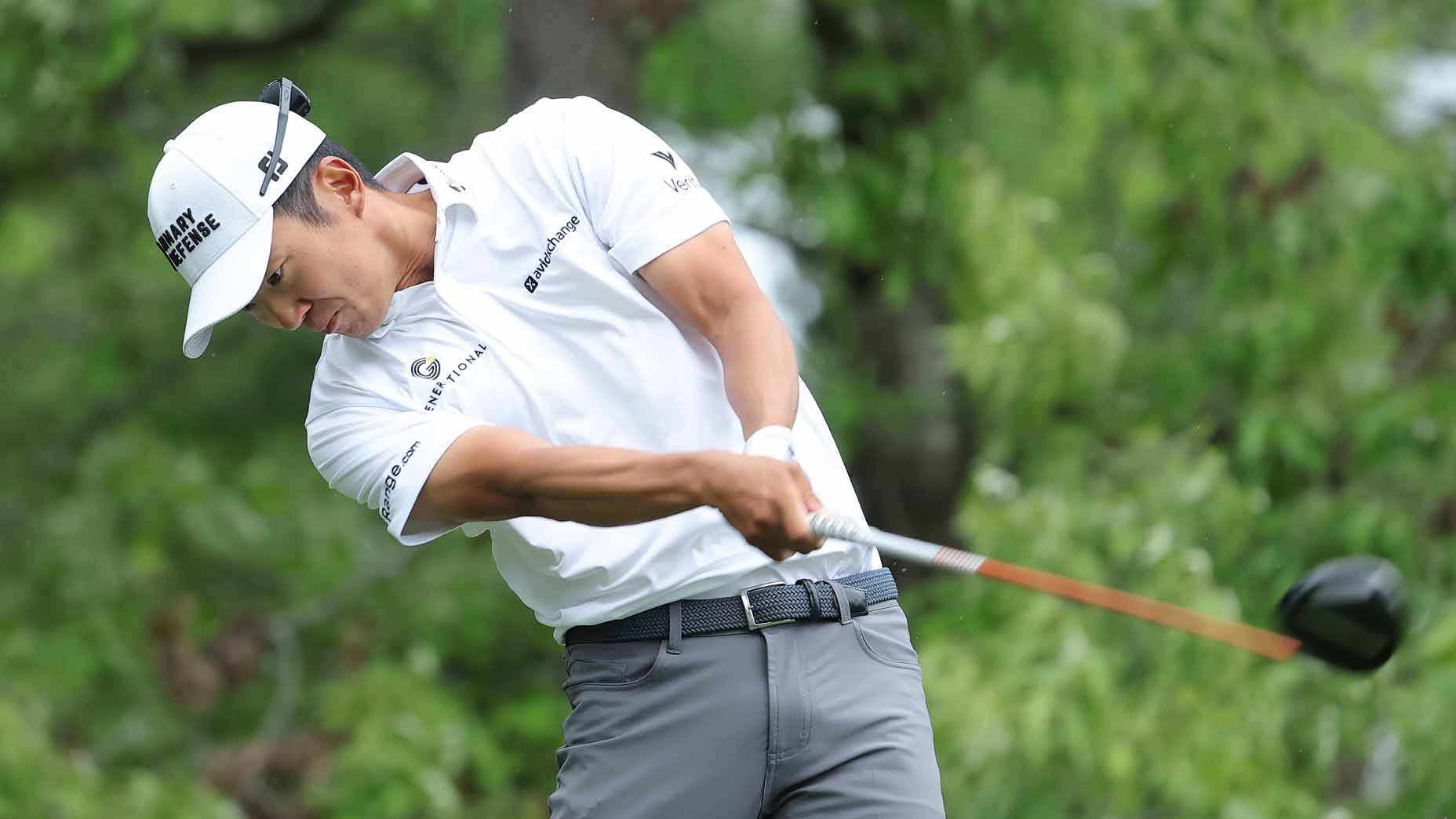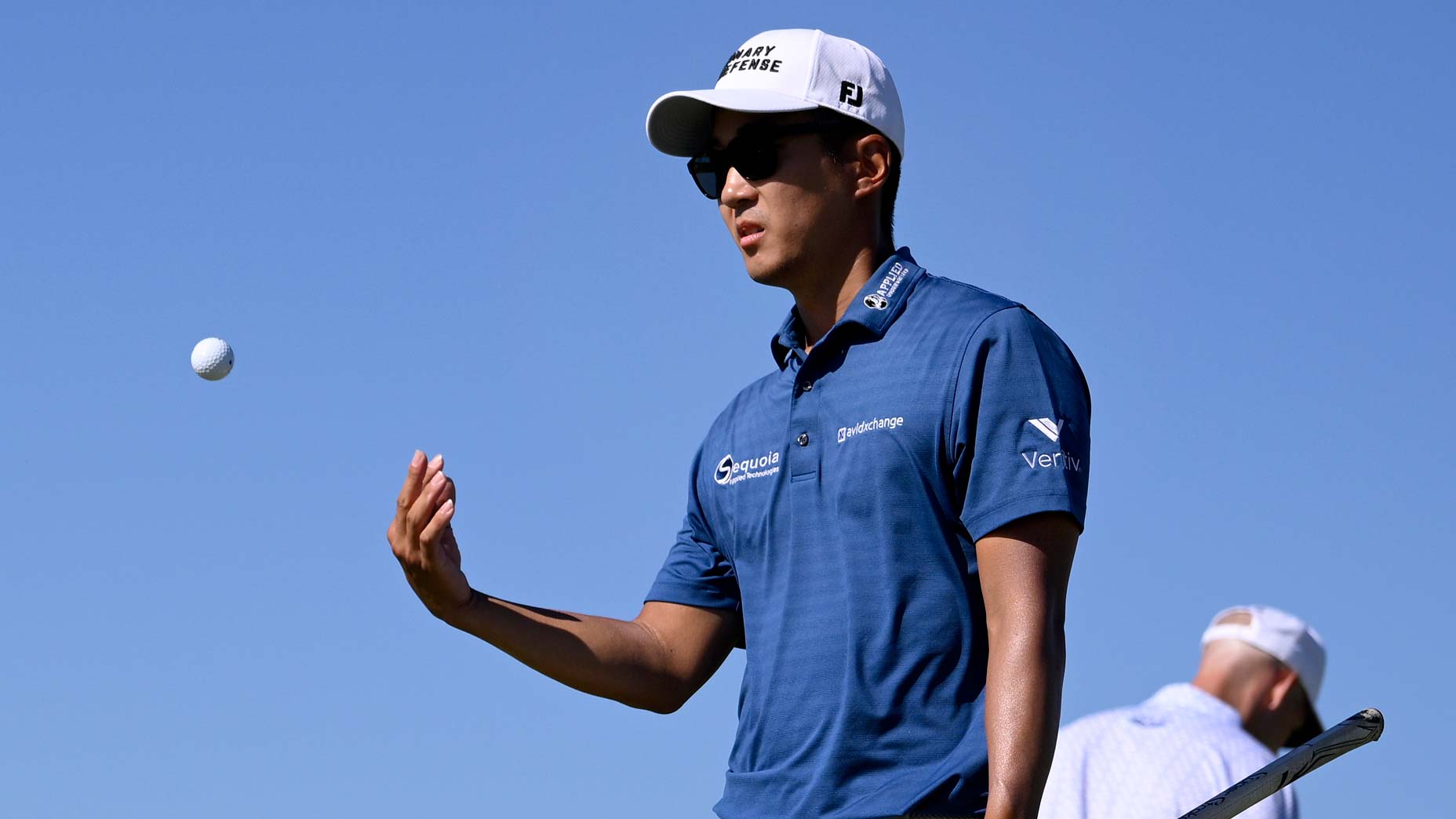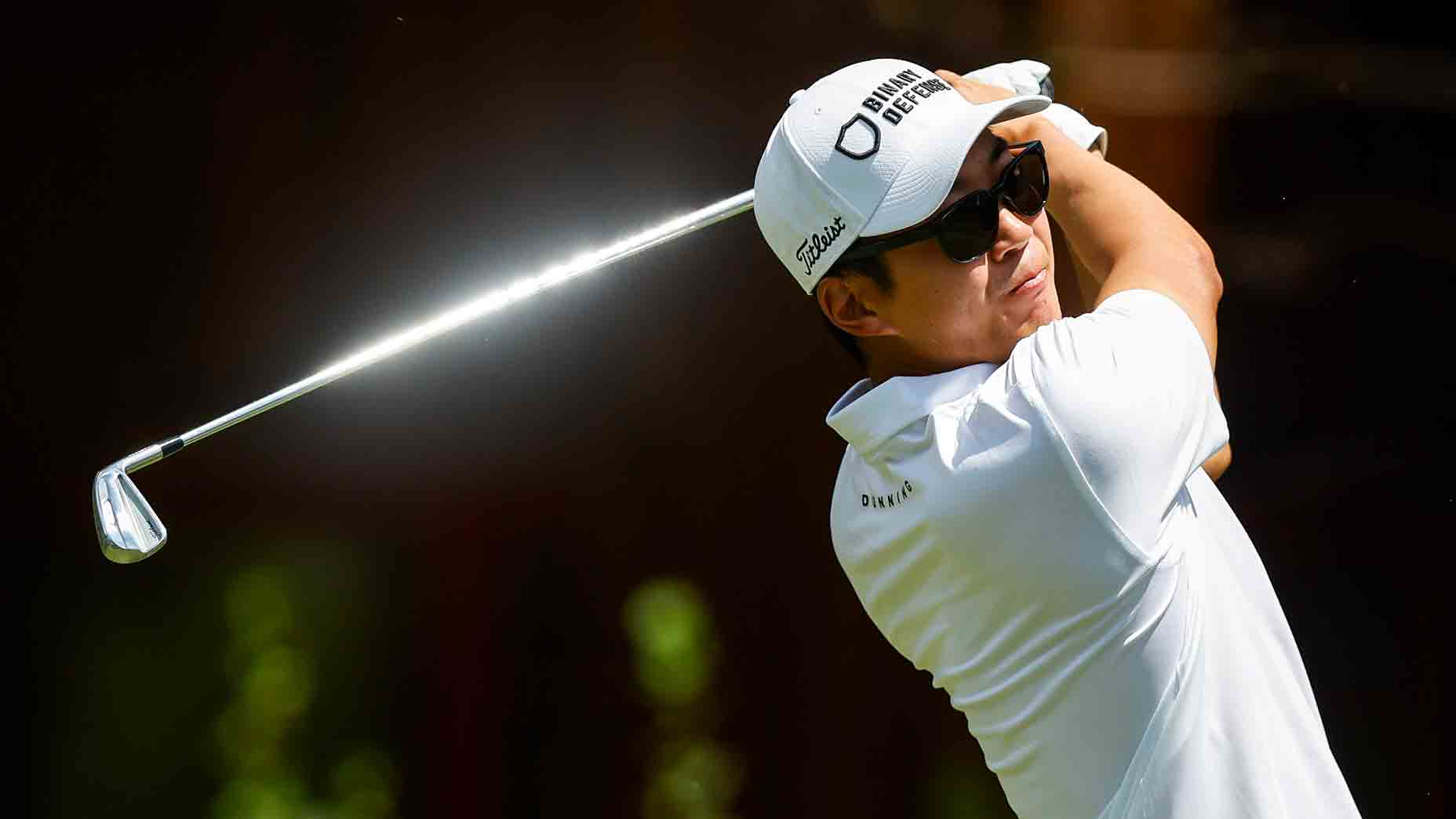There’s no attribute more valuable than power in the golf swing. If you can generate speed, the game becomes a whole lot easier.
Advanced analytics have only reinforced this notion. Whereas golf was once a game of art and finesse, it has recently evolved into one of science and power. With golf courses getting bigger and longer — lined with meaty rough — generating maximal clubhead speed is absolutely essential. The closer you are to the hole, the fewer strokes you will need to hole out. And the only way to consistently get closer to the hole is with speed.
The distance arms race has cooled a bit since the Bryson DeChambeau-led revolution at the start of the decade, but that’s not to say it’s disappeared. Golfers at every level are still looking for distance gains.
This is even true on the PGA Tour. The average driving distance on Tour was 293 yards five years ago. This past season, that number jumped to 300 yards. Golfers are only getting longer, and if you don’t add yards to your own game, you’re at risk of being left behind.
How Michael Kim added 20 yards
Michael Kim has been on Tour since 2015, and he’s had a fair amount of success. He’s managed to keep his card nearly every year, and even won the John Deere Classic in 2018. Kim’s career has aligned with an unprecedented time of distance gains in golf. He’s gained distance too. How? He recently explained.
Yesterday, I mentioned that I have gained 20 yards since I turned pro and some followers asked me how I did it. There are lots of things that went into it and here’s a somewhat detailed
— Michael S. Kim (@Mike_kim714) October 3, 2023
goes Strength-Speed-Technique-Technology
Feel free to skip to the one you want pic.twitter.com/JmoFtGpBCL
1. Strength
The stronger you are, the easier it will be to generate speed. Obviously technique is important, but getting stronger is immensely helpful.
“I weighed 145 lbs when I turned pro,” Kim wrote. “I now weigh about 165.”
Kim said he doesn’t do many golf-specific exercises, and instead opts for more general exercises.
“I do general strength stuff like Trap bar deadlifts, Bulgarian split squats, incline dumbbell bench, pull ups, core work etc.,” he said. “Glutes and core are a must to make sure the back is healthy.”
2. Speed training
Just because you get stronger doesn’t mean you’ll automatically hit the ball farther. You also have to train for speed.
“[Speed is] not a you either have it or you don’t type of thing,” Kim wrote. “Yes, some are naturally faster than others but you can absolutely increase your speed no matter your age if you train for it. And prob more than you might think, especially if you’ve never done any golf speed training.”
Kim recommends the Stack System as a great place to start if you want more speed.

TheStack Swing Speed Trainer (Hardware + App Bundle)
View Product
3. Technique
There are lots of techniques you can employ to generate more speed (ground reaction forces, increased hip turn, etc.).
“Some of you know how much I love hip turn and why I give that advice to so many amateurs,” Kim said. “It’s a must for 90% of golfers.”
4. Technology
Technology has made huge strides over the last decade. As Kim explains, though, it’s not the good shots that have seen the biggest jump, it’s the bad ones. With new technology, mishits are not nearly as likely to cost you.
Additionally, strokes-gained data has changed the way golfers attack the course. Understanding advanced analytics has revolutionized course management.
“What has changed the most has been our mentality,” Kim said. “We have learned from strokes gained/stats with how the courses are currently designed and set up, as long as we can get it to the green in regulation, we should hit it as far down there as possible.
“Key point that I’ve learned: It’s not that a wedge from the rough is better than a 9i from the fairway (it’s not),” he continued. “It’s that the 9i from the fairway is NEVER guaranteed. You will miss fairways even with the shorter club and over the long haul, it makes a big difference. The technology has helped us with that mindset because the driver is easier to hit and more forgiving. Driving it long and straight is still the hardest thing to do in golf and it always will be.”
Latest In Instruction

Zephyr Melton
Golf.com Editor
Zephyr Melton is an assistant editor for GOLF.com where he spends his days blogging, producing and editing. Prior to joining the team at GOLF, he attended the University of Texas followed by stops with the Texas Golf Association, Team USA, the Green Bay Packers and the PGA Tour. He assists on all things instruction and covers amateur and women’s golf. He can be reached at zephyr_melton@golf.com.









